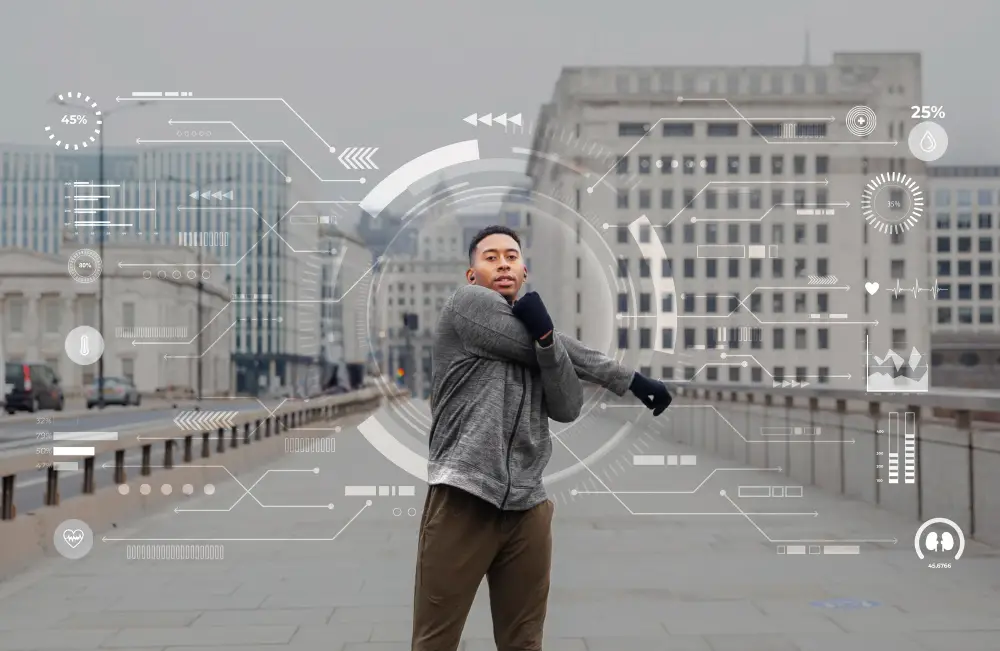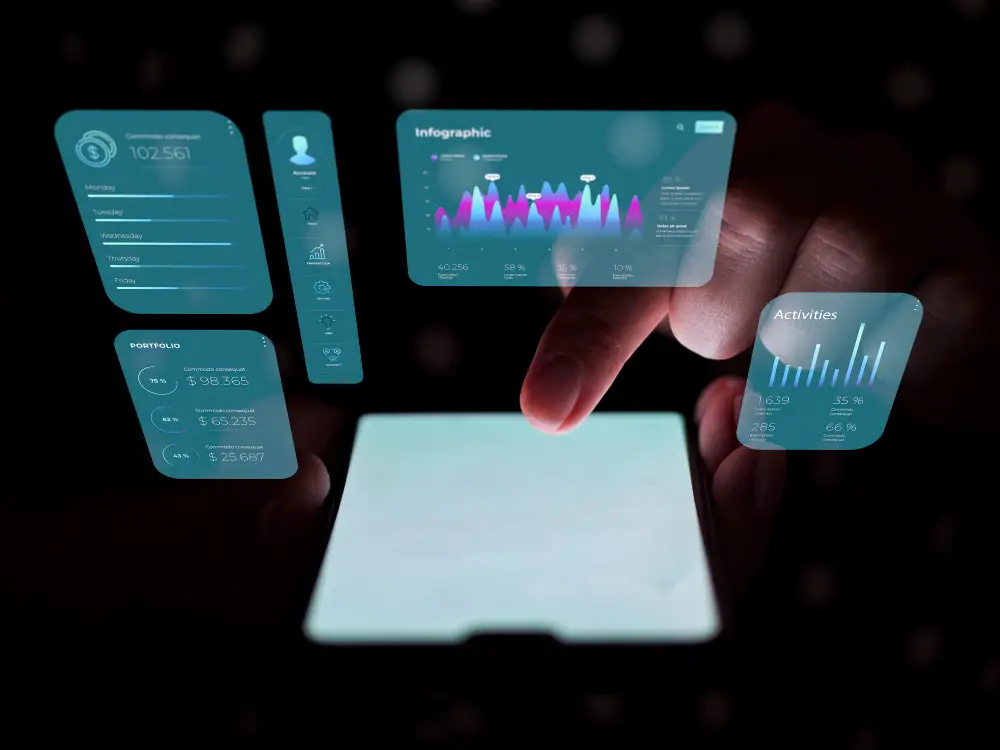Artificial Intelligence (AI) has become a pivotal force in enhancing user experience (UX) across digital platforms. By harnessing the power of AI for personalization and predicting user behaviors, designers and developers are able to create more engaging, intuitive, and satisfying web experiences. This article delves into the ways AI is being integrated to transform UX, making interactions feel more personalized and responsive.
The Role of AI in Enhancing UX
The integration of AI into user experience design primarily focuses on two areas: personalization and predictive behaviors. These elements are key to creating a user-centric interface that adapts to the needs and preferences of users in real-time.

AI-Driven Personalization Techniques
1. Dynamic Content Delivery
AI systems analyze user data such as browsing history, interaction patterns, and purchase records to tailor content dynamically. This means that each user sees content that is most relevant to their interests and past behaviors, significantly enhancing engagement and satisfaction.

2. Personalized Recommendations
Platforms like Netflix and Amazon have pioneered the use of AI for personalized recommendations. By analyzing vast amounts of data, AI can predict what products or services users might prefer next, offering a curated experience that keeps users coming back.

Predictive Behavior Technologies
1. Anticipating User Needs
AI can predict user actions based on historical data. This capability allows applications to streamline processes and reduce user effort by automatically suggesting the next logical step in their journey. For example, Google Maps anticipates destination preferences based on time of day and previous locations visited.

2. Adaptive Interfaces
AI algorithms adjust the user interface to better suit individual user needs. For instance, a website might change its navigation layout or display settings based on the user’s past interactions, enhancing usability and accessibility.

Benefits of AI in User Experience
The implementation of AI in user experience not only makes applications more user-friendly but also improves operational efficiency. Personalization helps in retaining users by creating a connection, while predictive behaviors reduce friction, leading to higher conversion rates. Moreover, AI can identify and address pain points in the user journey, continuously improving the overall experience.
Challenges in AI-Driven UX Design
While AI offers numerous benefits, it also presents challenges such as privacy concerns and the risk of over-personalization, where users might feel their choices are limited by AI’s predictions. Designers must ensure that AI implementations are ethical and transparent, providing users with control over their data and the AI interactions.
Conclusion
AI is transforming user experience by enabling personalization and predicting user behaviors. As this technology advances, it holds the promise of creating more intuitive, engaging, and effective web environments. For businesses and designers, staying updated with AI developments and integrating them thoughtfully into UX strategies is essential for staying ahead in the digital space.
Call to Action
Are you ready to enhance your website’s user experience with AI-driven personalization and predictive behaviors? Explore our AI solutions to see how you can provide a more personalized, intuitive user experience that meets the high expectations of today’s digital users.


